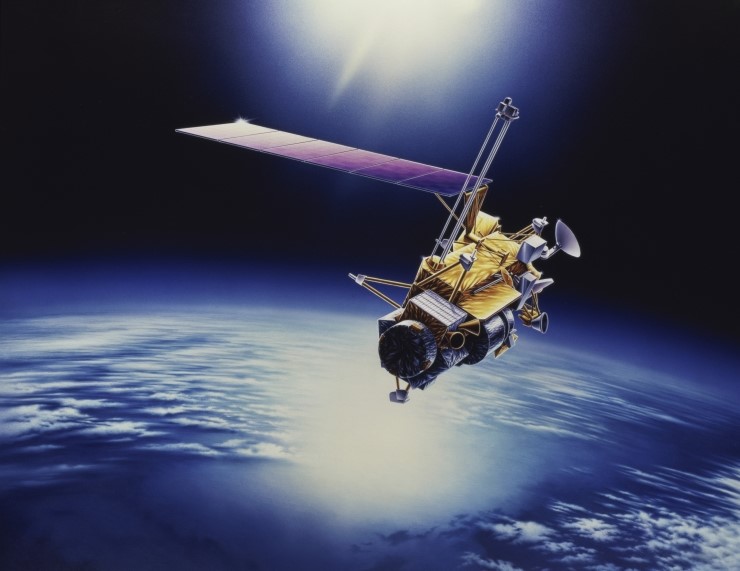Satellite Technology

The Korean government and the Korea Aerospace Research Institute (KARI) will accelerate satellite technology independence and industrialization this year. This is a strategy to lay the foundation for the development of private satellites through the independent development of satellites and a transfer of core technology industry in response to various public demand from the government and society this year devoid of any official satellite launch plan.
The KARI will push ahead with the development and test of the multi-purpose working satellites (Arirang) series, Geostationary Orbit Composite Satellites 2A and 2B, which are mid-range satellites observing the Korean Peninsula around the clock and Next-Generation Medium-Sized Satellite #1 which is developed as a standard type and an export strategy type.
First of all, various tests will be conducted on a full scale for launching 'Multi-Purpose Applications Satellite No. 6' equipped with a synthetic aperture radar (SAR). Last year, detailed system design was completed for the satellite which will be used as a satellite for disaster observation. This year, a detailed system design review meeting will be held to finally confirm its design, and the development of its main body and system will start. On top of that, after conducting an orbital environment test for a thermal structure model made of a carbon composite material, a preliminary design review meeting will be held about a connection between a projectile and the satellite, so that it will be successfully launched on Russian projectile 'Angara' in 2020.
The 'Multipurpose Applications Satellite No. 7 project started last year took the first step in development led by an industrial entity. This year, the government and the KARI will select companies for body development, and finalize preliminary system design by the end of the year. They are aiming to launch the multi-purpose working satellite, an ultra-high-resolution optical satellite with a resolution of 0.3m in 2021 by completing all the processes including the design, assembly, testing and verification of the system through Korea’s own technology.
In particular, the 'Geostationary Orbital Composite Satellite (Cheollian) No. 2 (2A and 2B)', which is being developed through Korean companies’ proprietary technologies will have a crucial year for its success this year. They will completes the final assembly of the Chollian 2A, which will serves as a meteorological satellite, until the second half of this year and its final performances will be put to test viaa satellite environmental test. Then, after a space weather sensor is put together with the satellite body in May of next year, the satellite will be launched into a geostationary orbit of 36,000km above the earth in the second half of 2018. In addition, the Cheonan-2B, a marine observation satellite, is scheduled to be launched in 2019 after body assembly and functional tests and the introduction of a payload this year.
In addition, they will lay the groundwork for the development of satellites by the private sector by finishing the detailed design of the 500kg-class "Next-Generation Mid-Sized Satellite # 1", which belongs to a industry-led satellite development project by November and transferring practical satellite technology to privately owned companies.


